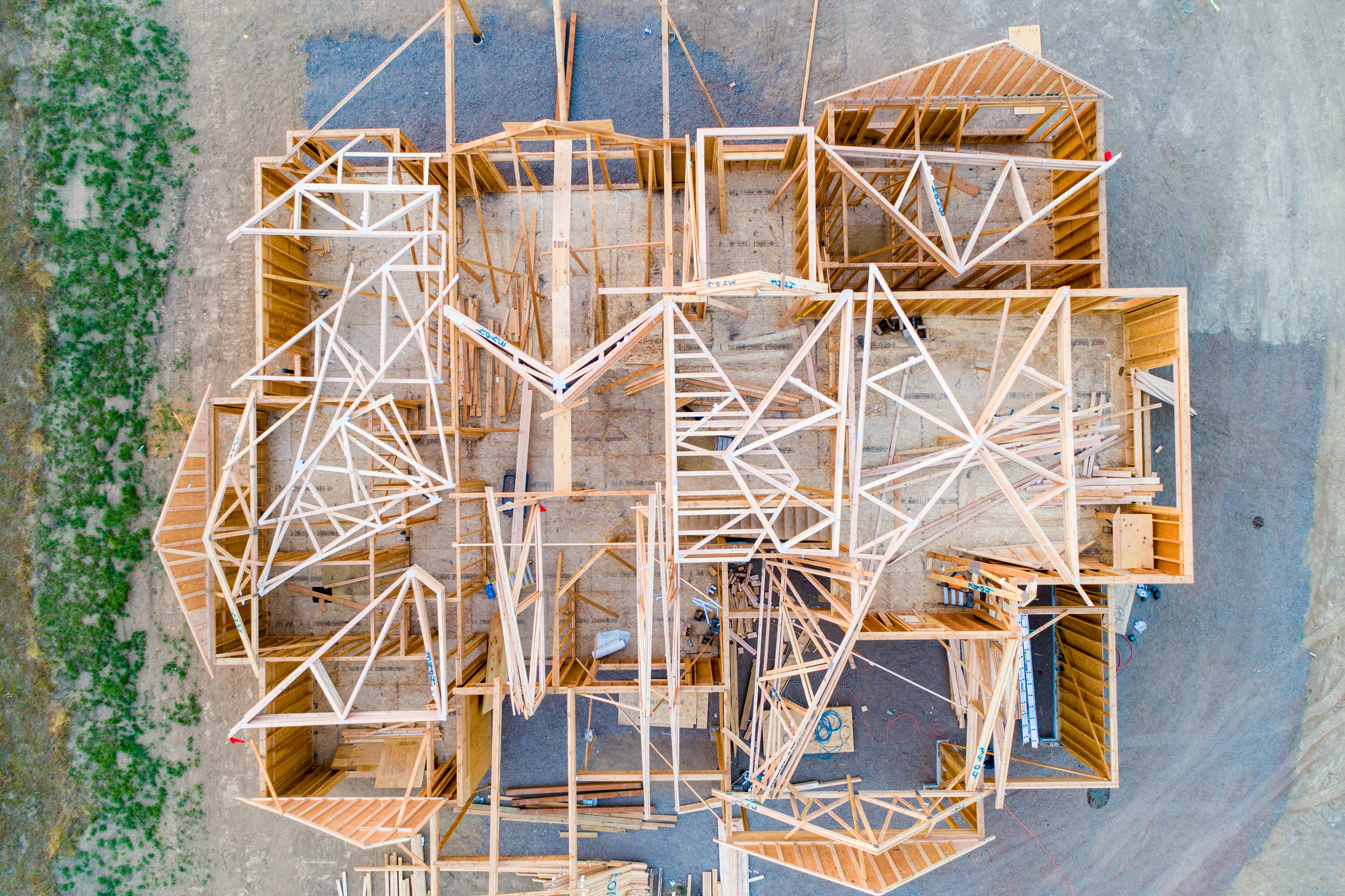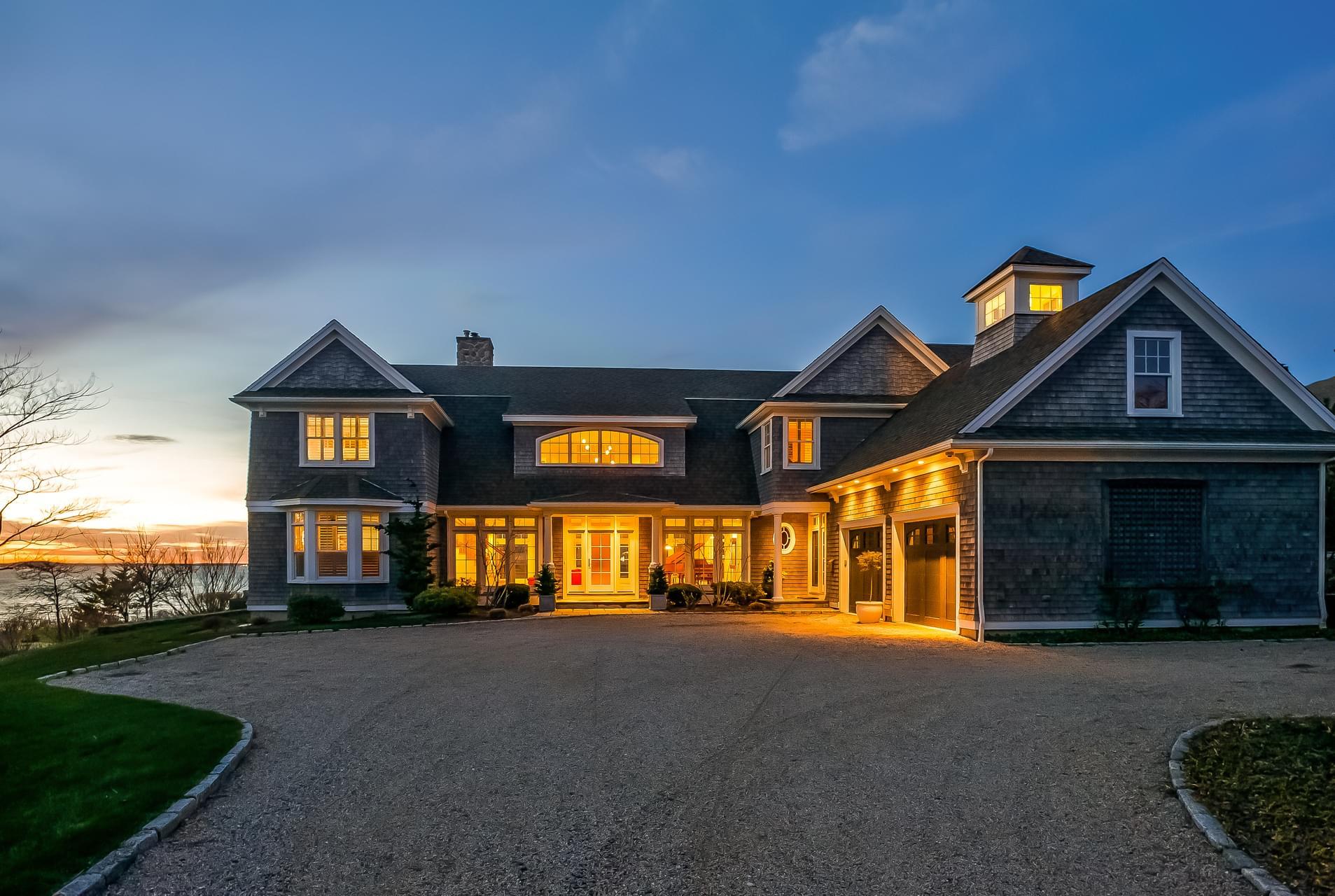Considering Buying New Construction?
There are many benefits come with the decision to build new construction as well as some drawbacks. We're breaking down the process to help you better understand if this may be the best option for you.
PROS:
Everything is NEW
Customize your Preferences
Energy Efficient
Low Maintenance
CONS:
Vetting the Builder
Personalization is Expensive
Timelines can Change Unexpectedly
Once you've weighed the pros and cons, here's what comes next when building a new construction home.
1. Finding a Real Estate Agent to represent you
It is important when building new construction that you have a real estate agent to represent you and you best interests. By simply walking into the sale office or a model home and talking with the agent on site, you're speaking with the person that represents the builder.
Hiring a real estate agent to represent you will put you in a better position to negotiate the best terms for you and your needs. It is also important to find an agent that knows how to navigate new construction. Important questions to ask might include; How many new construction homes have you sold? Are you familiar with the builder/company?
Having a real estate agent on your side will also help you when it comes to financing. You may have thought new construction is as easy as a "one-stop-shop" but that is not the case. Any financing the builder may have arranged will not necessarily be the best or lowest cost available financing. Do your research and familiarize yourself with the different mortgage types available and the interest rates available for lenders in your area. Your real estate agent can help you with this and give you several references to reach out to.
2. Finding the right subdivision or lot
There are two ways you could choose where your home will be built. You could look for a reputable builder with designs that you like and buy land in one of their designated developments or you could purchase a piece of land and then find a reputable builder who could build a house on that plot. Of course, the latter will likely result in a longer overall process.
It's crucial that you think about what is most important to you. Do you want to be in a specific area of a given town, close to the highways, public transportation or even downtown areas? Setting your goals and knowing what it is that is important should remain top of mind. Drive through new developments to get a feel for the community and it's location. Your real estate agent will also be able to assist you in understanding each area of town and what the future might hold in terms of growth and changes.
3. Learn About Available Models as well as Custom & Standard Features
When you’re choosing the style of your home, it's recommended to plan with the future in mind! Most builders will have a few different model homes or floor plans you choose from. You’ll be able to select the square footage, how many levels the house has, and the number of bedrooms and bathrooms based off of the models available.
With new-builds, there are options for you to choose from for the final touches. Sometimes you can choose not to have any options, buying a home that is done according to pre-determined specifications. Alternatively, you can purchase a semi-custom home, finished according to a selection of pre-decided features, finishes, and upgrades. This means you’ll be able to select the basics, such as paint color, flooring, countertops, cabinetry, light fixtures, appliances, and tiling. These reflect the majority of homes purchased as part of builder developments. Keep in mind that standard options typically mean the cheapest options.
The final option is to build a completely custom home according to your own specifications.
It's very important to be sure you budget correctly so there are no surprises. New construction is a blank slate. For example, many new homes don’t come with landscaped yards; you get that big-ticket honor after move in. And if you live in a development that belongs to a homeowner’s association, you might have a limited window to put down grass or plant trees, which can cost thousands of dollars. Even if your home won’t be finished for months or a year, get estimates for the items you’ll need to pay for and put money aside specifically for those projects. New homes also don’t come with window coverings, toilet paper holders, towel racks and even light fixtures in all rooms. Clarify what is and isn’t standard with your new home so there are no surprises. Having a skilled real estate agent by your side will allow you to feel confident in your decisions and they will act as your guide through the process so that you know exactly where to allocate your funds.
4. Have your Newly Built Home Inspected
One would assume that if you’re buying brand new, it’s going to be problem-free, right? Wrong! Even if you hired the best builder in your area with the best reputation, there could still be some issues. A home inspection offers a third-party assessment of your home’s systems and structure, and it can help ensure that your home is safe, hazard-free, and a good investment.
5. Review the Warranties
Warranties are a big part of the new construction home buying process, and it’s important to know which type of warranty you will have. Builders offer one of two types of warranties:
- Implied warranties will cover workmanship defects that will have a significant impact on the home’s livability, habitability, and safety. These warranties typically have a 10-year liability period, and they tend to use vague language.
- Express warranties clearly define the problems the builder is responsible for fixing. This warranty will state the length of the warranty and how the homeowner should dispute issues.
6. Settlement
As closing day approaches, your real estate agent will walk you through the final steps of the process. This consists of doing a final walkthrough, where the project manager will give you the rundown of all of the systems and features of your brand new house. Once you've completed your final walkthrough, it's time to head to the closing table!
Thinking Of Selling?
ALL Available New Construction






